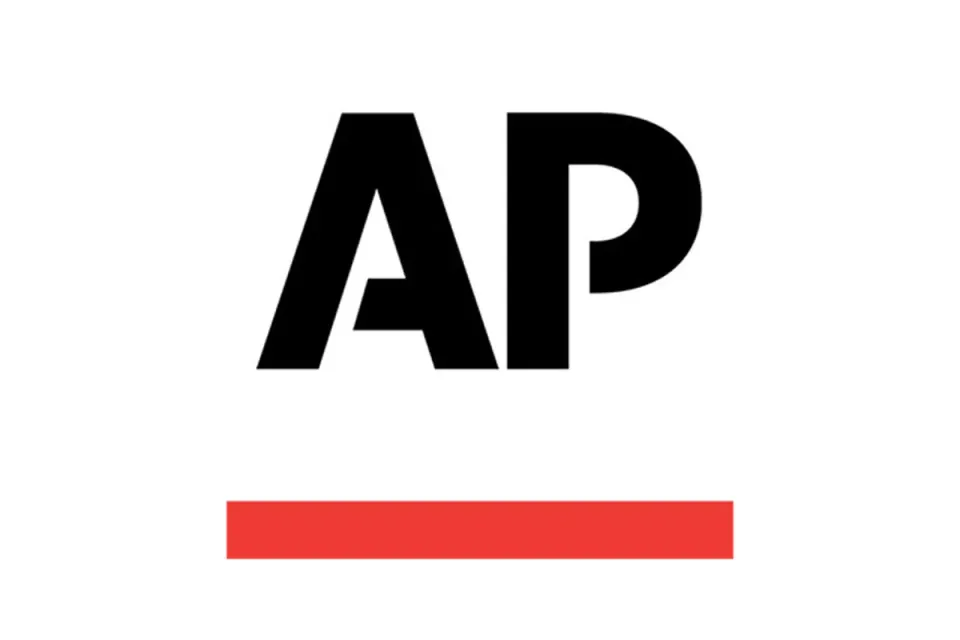The Associated Press Sets Guidelines for using Generative AI: New Standards to Shape the Future of News Gathering

In a dynamic era where technology continually transforms industries, the news landscape is also evolving, and The Associated Press (AP) is taking a considered approach to incorporating generative AI into its journalistic endeavors. Recently, the AP released comprehensive guidelines around the usage of generative AI to its journalists, reflecting a conscious move toward utilizing technology while preserving the core principles of journalism.
Harnessing AI: Not a Replacement, but a Tool
AP's Vice President for Standards and Inclusion, Amanda Barrett, clarified in a blog post that the organization views AI as a valuable tool, not a replacement for journalists. The newly unveiled guidelines are intended to equip AP's reporters and editors with a framework for incorporating generative AI into their work while upholding the highest standards of journalistic integrity.
Experimentation with Boundaries
As part of this venture, AP journalists have the opportunity to experiment with ChatGPT, an advanced AI language model. However, the organization emphasizes caution, urging its staff not to employ the AI tool to create publishable content. Instead, AI-generated outcomes should be treated as preliminary source material that requires thorough vetting through AP's established sourcing standards.
Stringent Ethical Boundaries
The guidelines underscore the ethical considerations surrounding AI-generated content. AP has made it explicit that AI should not be utilized to alter images, videos, or audio, and it will refrain from incorporating AI-generated images unless they are the focal point of a news story. In such cases, AP commits to transparently labeling AI-generated visuals in accompanying captions.
Ensuring Credibility and Accuracy
To ensure the credibility and accuracy of information, AP's guidelines mandate that writers refrain from inputting confidential information into AI tools. Additionally, they are required to validate that other sources they employ are devoid of AI-generated content. This approach aims to mitigate the inadvertent dissemination of misinformation that can sometimes arise from the usage of AI.
Influence of AP's Standards
AP's stance holds immense significance within the news industry. The majority of news organizations, including prominent ones, often follow or modify the AP Stylebook to maintain consistency and quality in their articles. As a guiding light in the world of journalism, AP's guidelines on AI usage could shape discussions and practices surrounding AI in newsrooms.
A Complex Landscape
While AP takes these cautious steps, it is noteworthy that the organization has engaged in a partnership with OpenAI, the creator of ChatGPT. This collaboration involves using AP's news stories to train generative AI models, showcasing a commitment to technological advancement. The organization also employs automated tools to swiftly generate reports on financial updates and minor sports events. It is part of a growing trend where news outlets like BuzzFeed are incorporating AI into their workflows.
Towards Responsible AI Adoption
AP's recent guidelines align with an industry-wide move towards responsible AI adoption. The organization is part of a collective that signed an open letter urging transparency in data used to train generative AI models. These endeavors reflect the industry's dedication to ensuring that AI is harnessed ethically and effectively to enhance news gathering without compromising the integrity of journalism.
In a parallel development, The New York Times has taken steps to limit the use of its data for AI model training, raising pertinent questions about data ownership and ethical considerations in the AI realm.
As AP navigates the intricate landscape of AI integration, its approach provides an exemplar for the news industry on how to embrace technology without diluting the principles that underpin credible and trustworthy journalism.

Member discussion